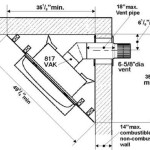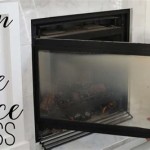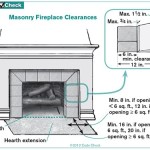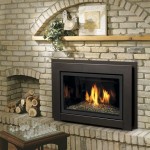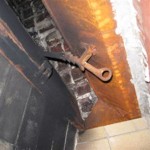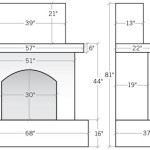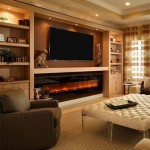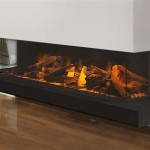Fireplace Vents Outside: Essential Considerations
When it comes to fireplaces, ensuring optimal performance and safety is paramount. One crucial aspect often overlooked is the presence of fireplace vents outside. These vents play a vital role in allowing combustion gases to escape efficiently and maintaining proper airflow.
Types of Fireplace Vents
There are two main types of fireplace vents outside:
- Chimney Vents: These vents are typically vertical pipes that extend from the fireplace through the roof. They allow gases to escape directly into the atmosphere.
- B-Vents: Also known as horizontal vents, B-vents are used when a chimney vent is not possible due to space or architectural constraints. They exit the house through an exterior wall.
Essential Aspects of Fireplace Vents
When considering fireplace vents outside, several key aspects must be taken into account:
- Size and Location: The size of the vent should be appropriate for the size of the fireplace and the type of fuel used. The location of the vent should ensure proper airflow and prevent obstructions.
- Materials: Fireplace vents should be constructed of durable materials such as stainless steel or aluminum to withstand heat and corrosion.
- Dampers: Vents should have dampers that can be opened or closed to regulate airflow and prevent backdrafting.
- Maintenance: Regular maintenance is crucial to ensure the proper functioning of fireplace vents. This includes cleaning vents to remove soot and debris.
- Safety: Fireplace vents should be installed and maintained by qualified professionals to ensure they meet safety codes and regulations.
Benefits of Fireplace Vents Outside
Properly installed and maintained fireplace vents outside offer numerous benefits, including:
- Efficient Gas Removal: Vents allow combustion gases, such as carbon monoxide, to escape the home, preventing health hazards.
- Improved Airflow: Vents facilitate proper airflow by bringing in fresh air and removing stale air, creating a healthier indoor environment.
- Increased Heating Efficiency: Proper airflow ensures that the fireplace operates at peak efficiency, reducing energy consumption.
Conclusion
Fireplace vents outside are essential components that contribute to the safe and efficient operation of fireplaces. By considering the essential aspects discussed above, homeowners can ensure that their vents are properly installed, maintained, and perform optimally. This not only enhances the enjoyment of fireplaces but also protects the health and well-being of occupants.
Gas Fireplace Venting Explained Heat Glo
Direct Vent Fireplace Is Melting Our Siding And Soffit Would Love Your Advice Hearth Com Forums Home
Gas Fireplace Venting Explained Heat Glo

What Are The Best Ways To Vent A Gas Fireplace Zoroast

Fireplace Cover To Keep Cold Air Out
Direct Vent Fireplace Is Melting Our Siding And Soffit Would Love Your Advice Hearth Com Forums Home

Vented Vs B Vent Direct Free Dixie S

Wall Mounted Gas Fireplace Vent Inspecting Hvac Systems Internachi Forum

What Are The Best Ways To Vent A Gas Fireplace Zoroast

Outdoor Fireplace Vent Paint To Match Exterior
Related Posts

